Joseph Abboud Looks to Past and Future on 30th Milestone
October 16, 2017
Emily Schultze


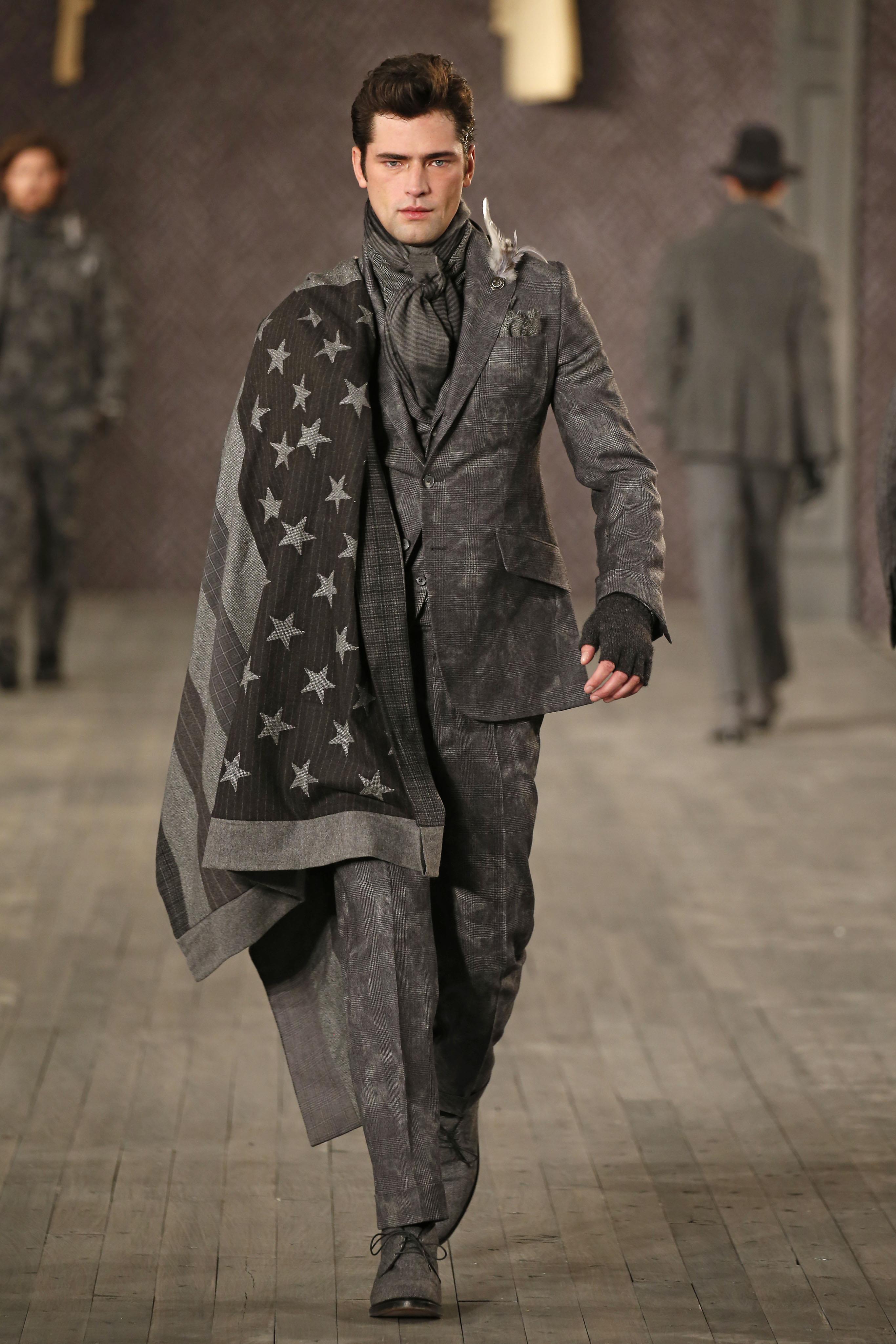
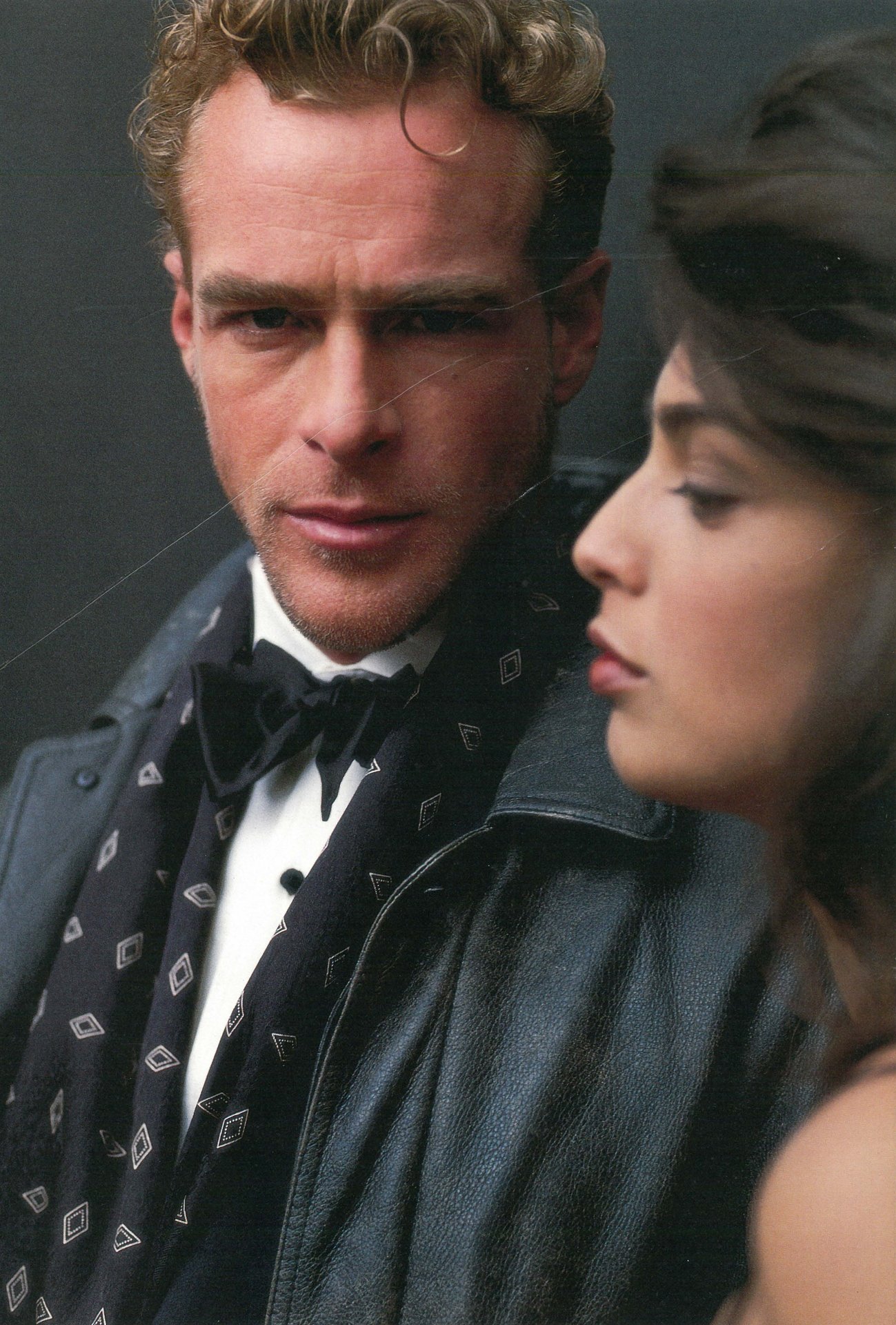
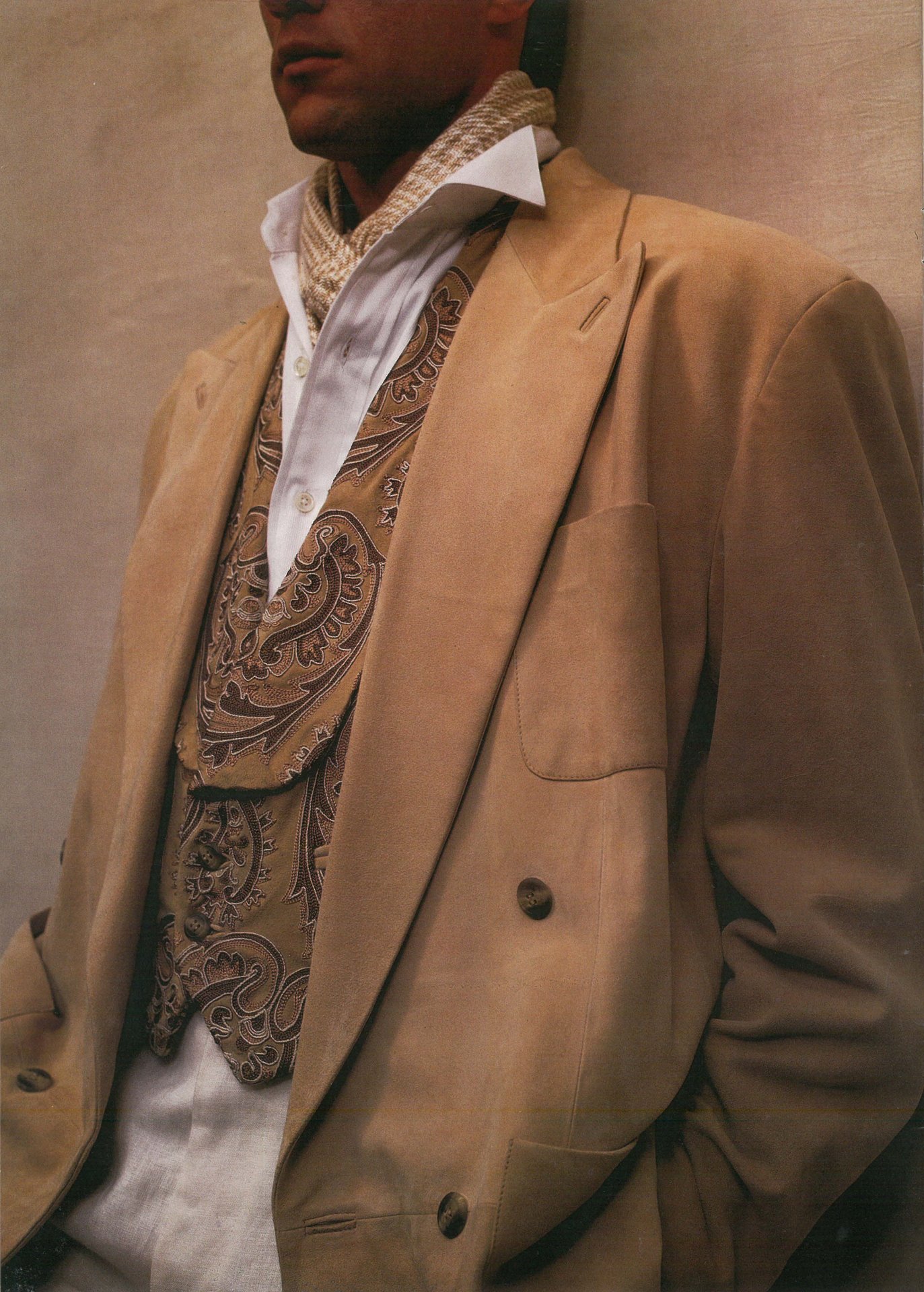


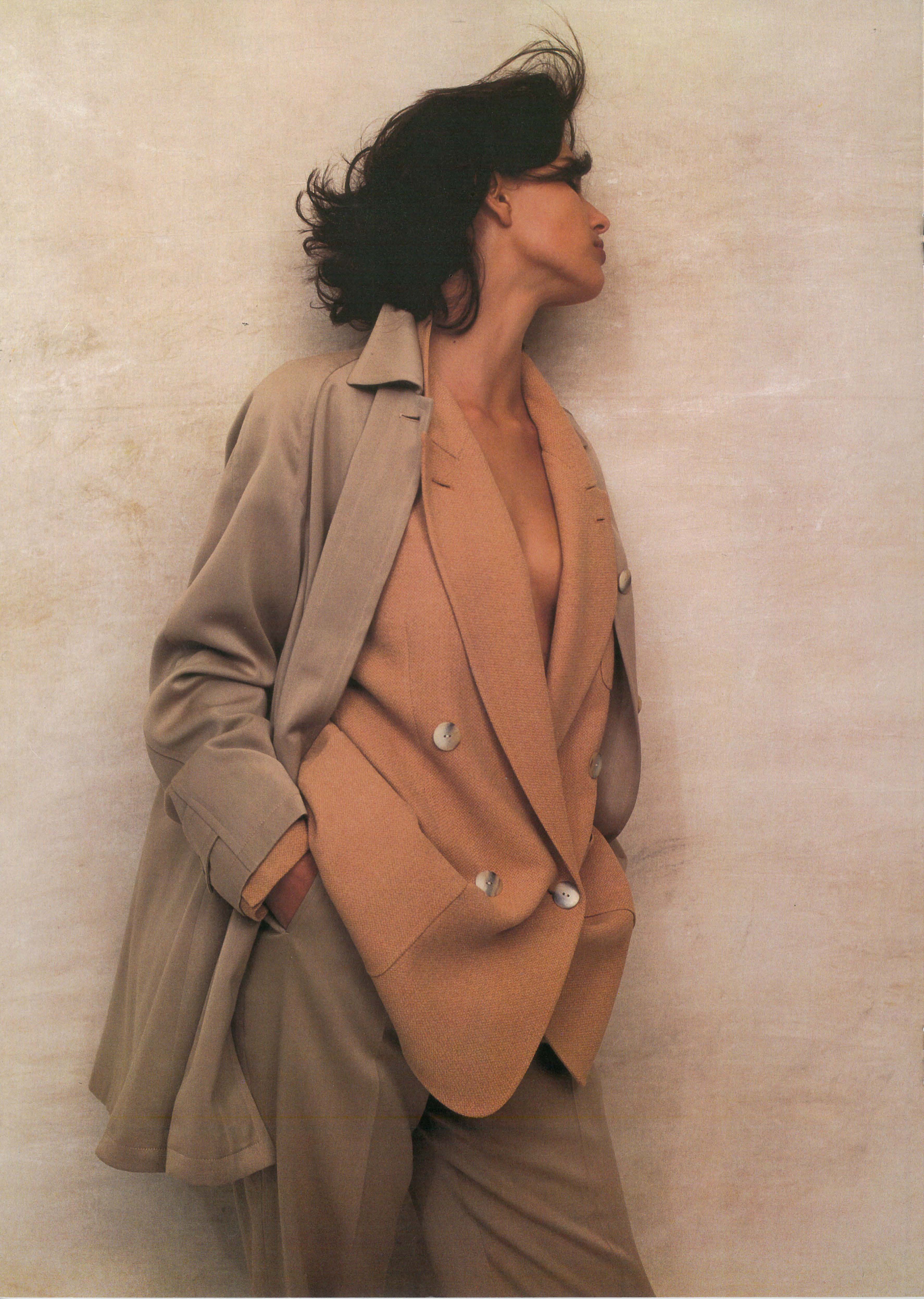
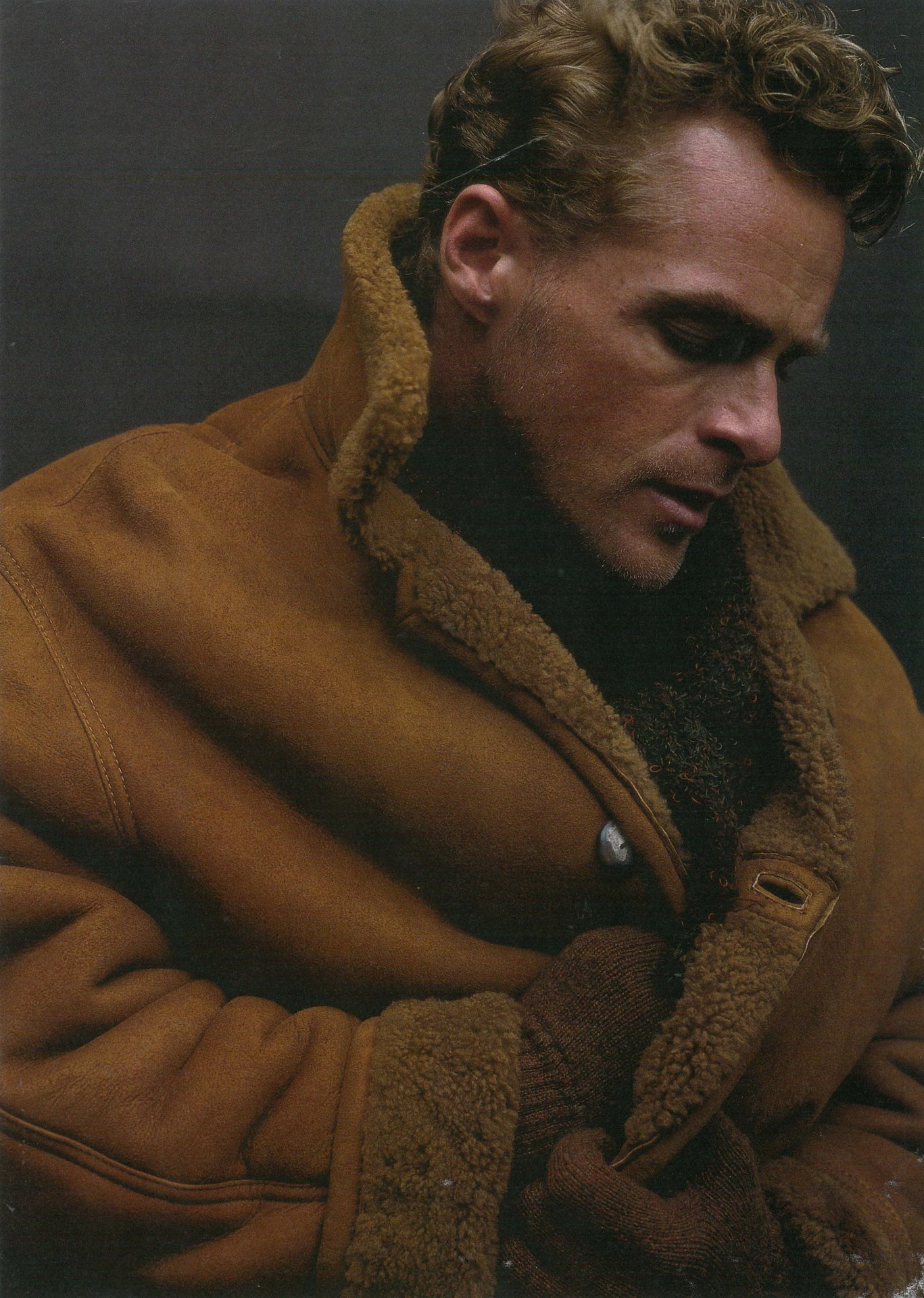
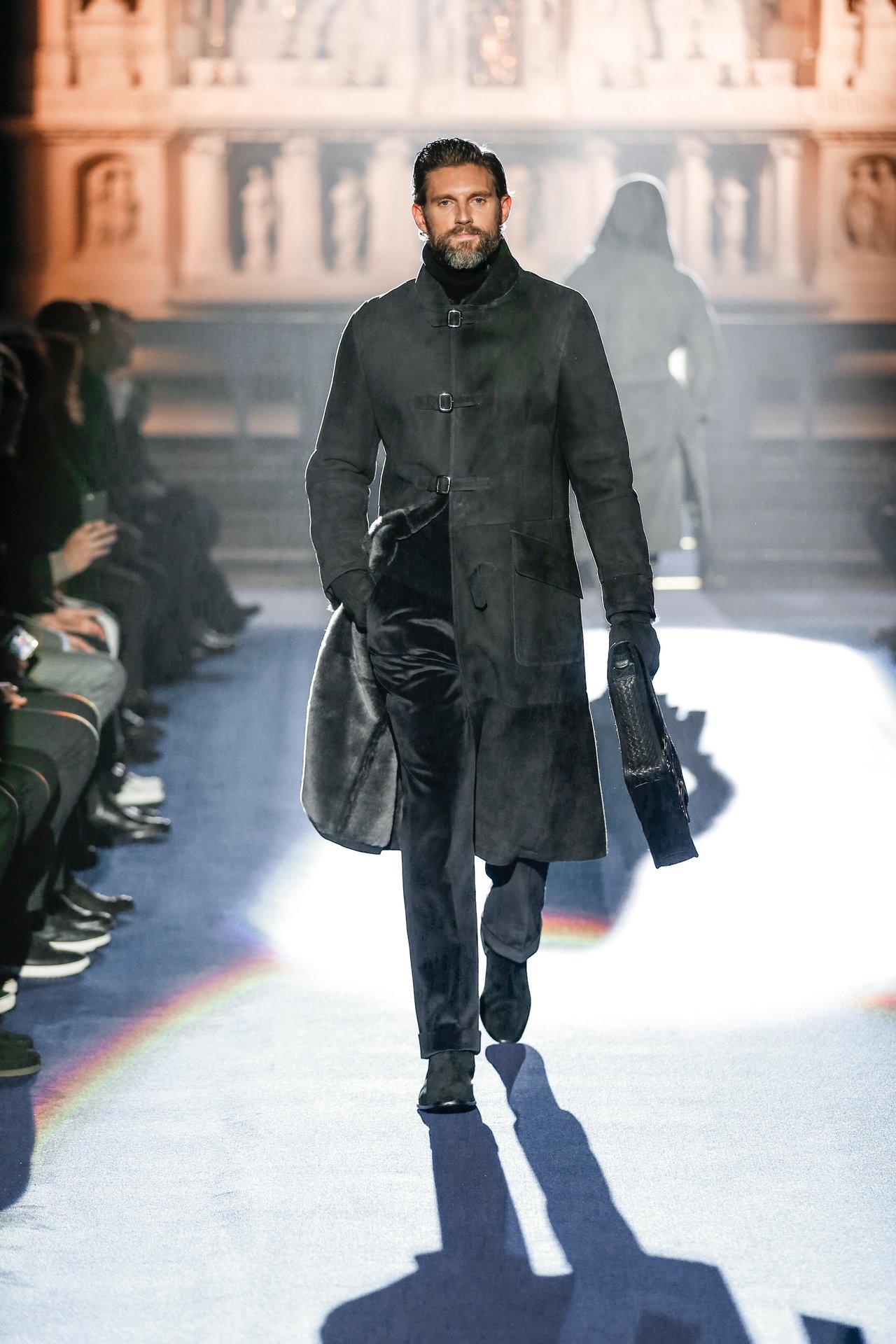
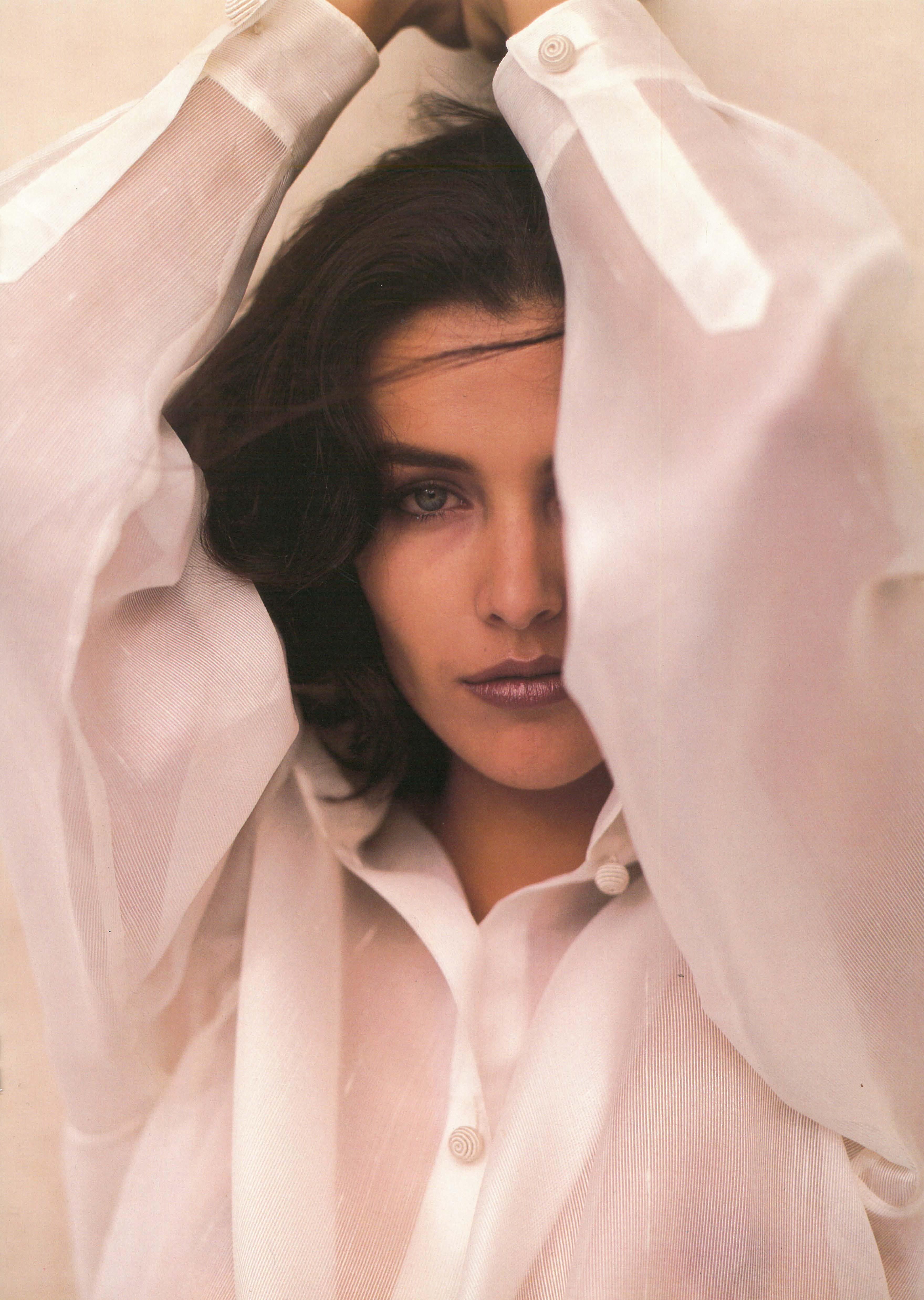
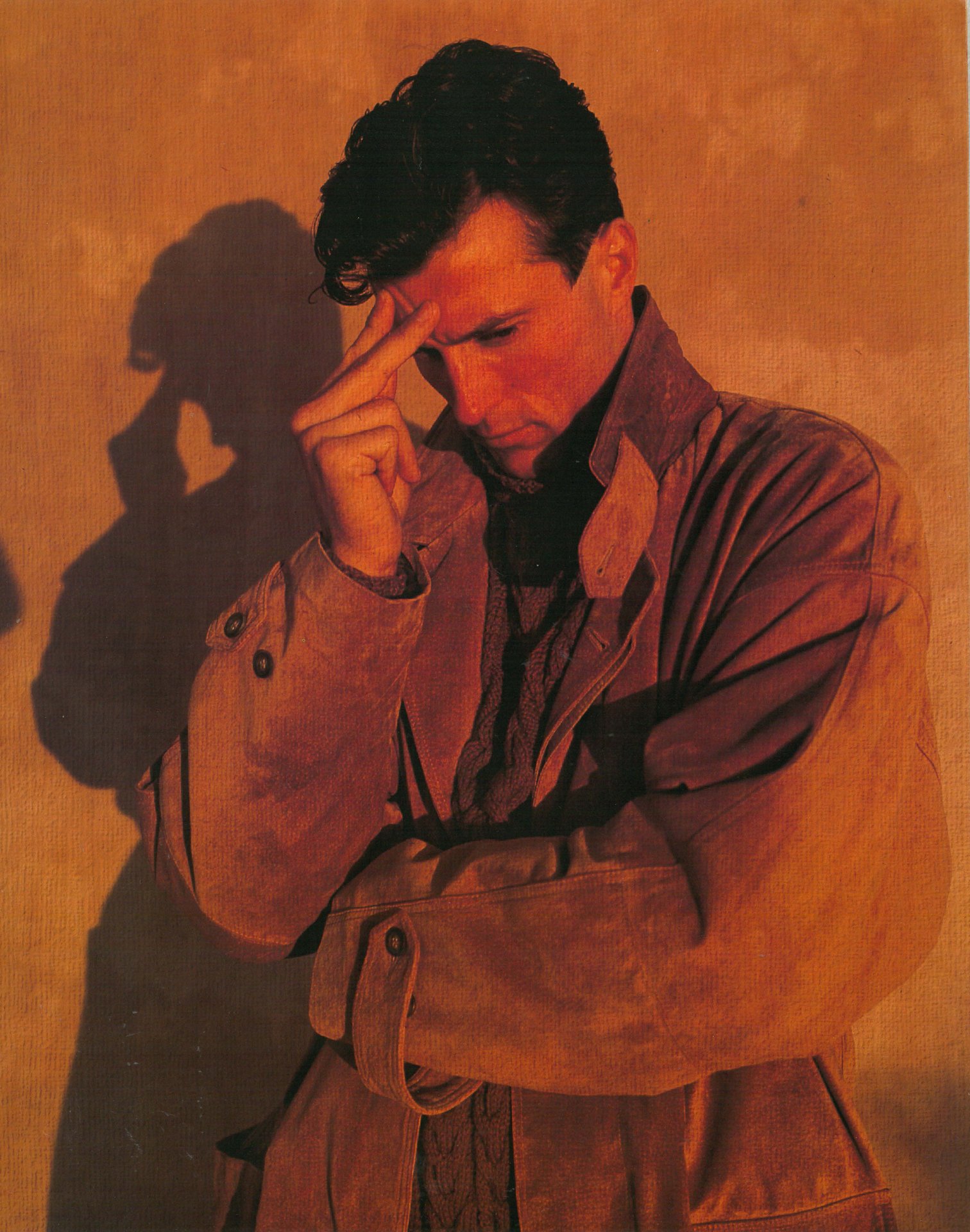
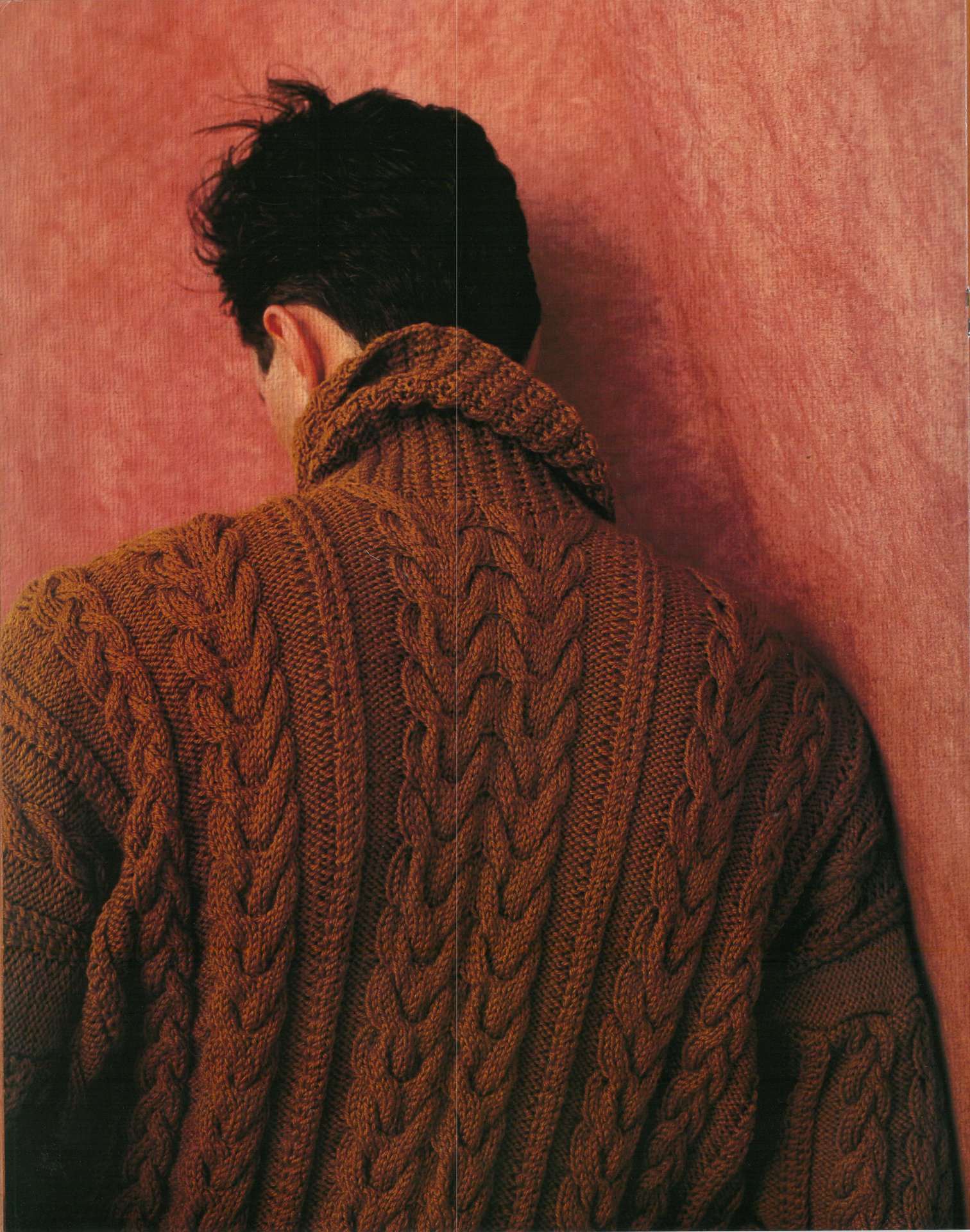

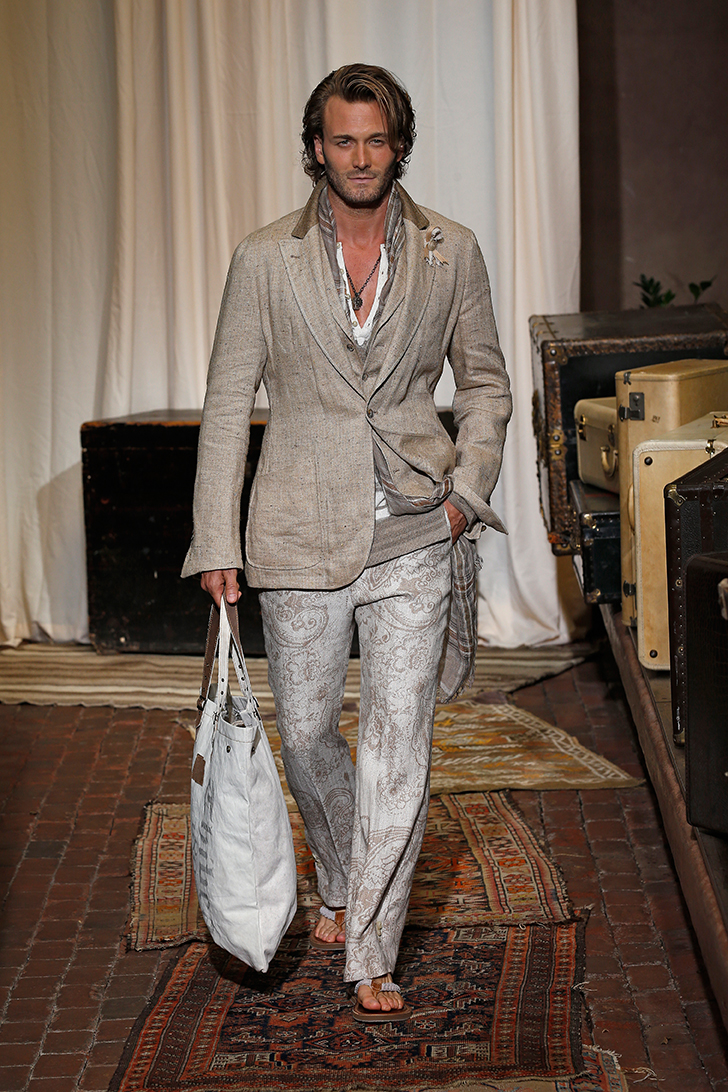
One of my favorite shots from the fall 2016 runway collection.
The formal leather jacket over a tuxedo, 1993.
A study on suede, 1996.
My first women's collection with actress Joanna Pacula, 1992.
Fall, 1991
Spring, 1992
Fall/Winter, 1994.
Fall 2017 shearling over distressed velvet in more sinister hues.
Romantic portrait from women's collection, 1994.
Fall, 1990
Dessert, 1989
Fall/Winter, 1990
Spring 2017 layers of primitive linens.
When you think of Joseph Abboud, you may envision a classic tailored suit, the perfect fall blazer, or, more generally, a casual yet chic approach to quality menswear. Whatever the name brings to mind, it is certainly recognizable across the U.S. and beyond. That’s because the designer has been doing the fashion thing for a while now. He has secured his spot among the menswear elites and this year rings in the 30th anniversary of his business. To celebrate, we met with Abboud in his studio to reminisce about his professional journey to date and his plans for the future. Check out Abboud’s advice to young designers, why he’s excited about millennial style and shopping habits, and how, as a former lit major, he ended up in this business in the first place.
What are your favorite 10 looks from the past 30 years?
It’s amazing how fast 30 years have gone by. Certainly one show, I believe it was Fall ’16 with the flag look, stood out because it was an emphasis on Made in America. And even though it’s very cool to make in America now, we’ve been doing it for 30 years, ever since I launched the collection. And I’m really proud of that.
What inspired the anniversary collection?
Sometimes you get stereotyped with colors and direction. Most people have always associated me with earth colors and naturals, which I do love, but I wanted to show the darker side of Joseph Abboud– meaning the colors but also a more sinister, more serious approach. Fall ‘17 is all about deeper blacks and grays and the stain-glass blues and regal purples. There’s a lot of passion to those colors and they’re mysterious. As an American designer, I love being associated with things that are American, so we talked about the American gothic novel – for instance Edgar Allen Poe. That set the stage for the church that we did the show in. It was a great [moment] of everything coming together all at once.
What are some future goals?
I’ve loved the womenswear things that I’ve done, but our goal is to be primarily recognized as menswear, so to become a billion dollar menswear brand is our next objective–however we build that. I’ve always wanted to dress American men with a little more of an international flair. We want to expand globally and take a look at our retail footprint. If you have a strong and true DNA and you believe the message [of the brand] is sound, then you just want to get that out to a lot of people.
Can you talk a bit about how you got into this business and how you knew you wanted to be a designer?
I have a degree in English and French comparative literature. I never went to school for design, but I did go to school in Paris my junior year. I’ve always loved clothes and I worked in men’s retail stores in high school and college. When I went to Paris, it was a whole different world for me in terms of beauty and style that I didn’t see here in the U.S..which inspired me. When I came back to graduate, I was offered a teaching job in Brookline High School, a great school system in the Boston area. I was going to go on to graduate school and continue journalism. But I had this chance to join the management team at Louis Boston which was then probably one of the top three stores in the world. And that’s where I decided to stay because I loved fashion so much.
Any advice you have for someone who’s thinking of getting into fashion and following the path of a designer?
My advice is to really understand full-circle our business meaning it’s great to become the focus of a WWD article or be on the cover, but the business has to go beyond that. It has to reach a commercial aspect. You have to be able to sell your product. You have to understand retail. I’ve challenged a lot of our design schools to make sure they teach the reality of fashion: That the battle is not won or lost when we get the cover of WWWD but when the customer walks into the store. Are they willing to buy your products? What makes your design so special? At Fordham Business School, I taught a class called the Management of Creativity for young people to learn how to make a living from what they love doing. And it was really all about being compelling. You can’t be a “me too.” It’s a crowded market, why would a customer buy some new designers product if it’s exactly like someone else’s? You have to have a point of view.
Who is the quintessential Joseph Abboud man?
I believe my job is to be the supporting actor to the leading man. That’s why I’ve never been big on logos. My guy is self-confident, someone who knows who he is, who dresses in a comfortable way which makes him more appealing and in some ways sexier. I’ve never had an icon. I guess I’ve always been inspired by the American glamour of the ‘30s. There was a certain dashing romantic elegance. What’s interesting is that now, the millennial man is getting dressed up again. So, the young guy is buying suits not because he has to but because he wants to. I love this return to a chicer elegance but done on 2017 terms.
Speaking of the millennial, how do you think brands can influence that younger generation? I have two daughters. One is 23 and one is 26. I always use their boyfriends as my focus groups. And I’m fascinated by their thought-process. One thing about the millennial generation is the research they do and the authenticity they crave. As opposed to some made up or fabricated brand, they gravitate towards something that’s authentic and real. And that’s what we have. Now, we just have to talk to them in their terms. You don’t have to lie, you don’t have to fake it. You have to tell them who you are. It’s more about the value, and less the price. It’s really important to give someone value at the best prices.
If you could do it all again, anything you’d do differently?
Listen, I always say no one goes through life undefeated. We all make mistakes. The real challenge is, can you survive the mistakes and get up and continue? I think that whenever I’ve trusted my instincts, it’s worked. And whenever I’ve gone against them and made decisions, it didn’t. At this point in my career 30 years later, I’m more confident in the decisions I make, both from a style point of view and for the direction for the brand. I worked for Chanel for two years and every day, it was as if Coco Chanel was still alive because everyone had so much respect for the brand and the people who were involved in the company. I want to leave a legacy –that the brand is what it is, that if you like the Joseph Abboud brand today, you’ll like it going down the line well after I’m gone.
*Click through the above gallery to see some of Joseph Abboud’s favorite looks over the past 30 years with his own commentary in the captions.
Previous
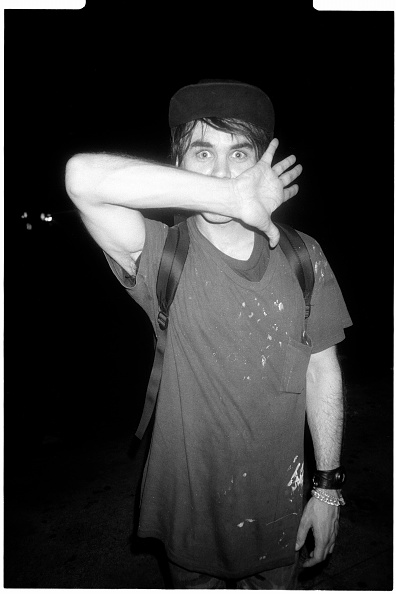
Fashion Flashback: Stephen Sprouse
Next

The Best of Bridal